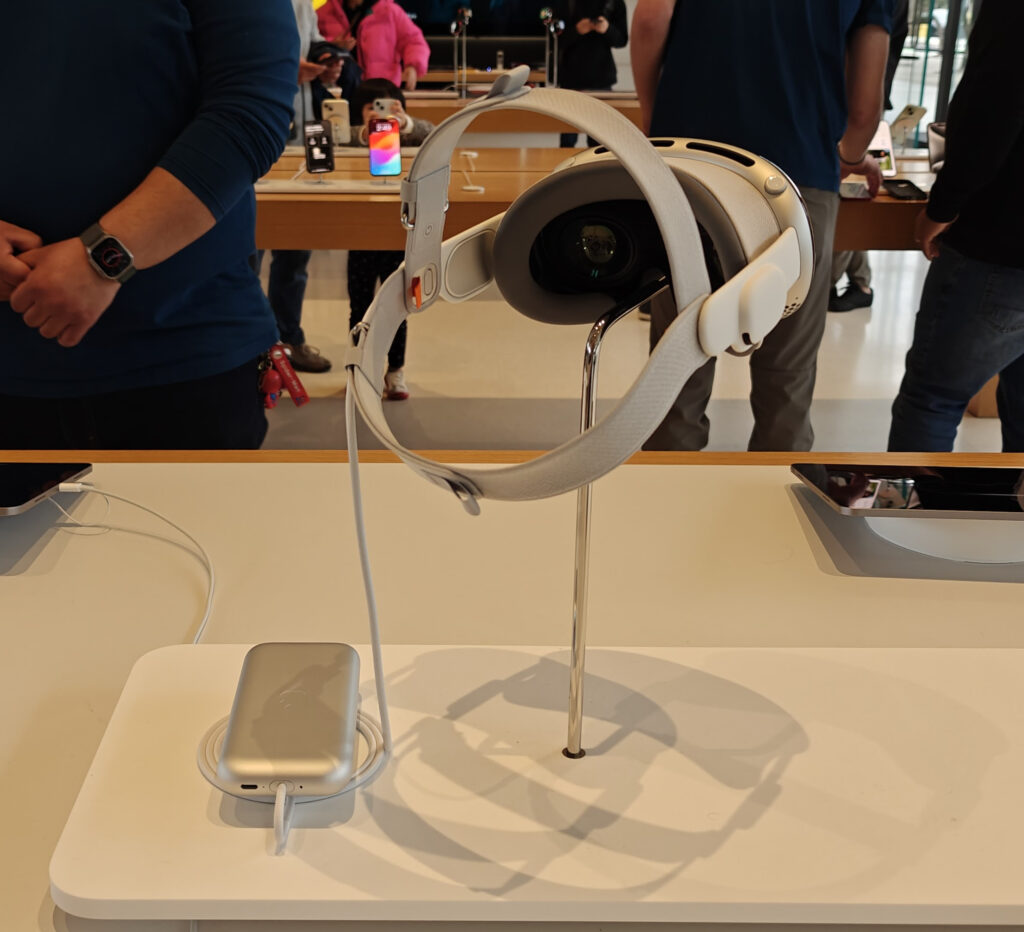
Daytime Running Lights (DRLs) have evolved from a niche feature to a common safety element in cars worldwide, designed to improve daytime visibility and reduce accident risks, especially in challenging conditions like bad weather or rural areas where natural landscapes can obscure a driver’s view.
The technology behind DRLs has also advanced considerably. Modern vehicles utilize LED technology to create bright, energy-efficient lighting solutions. LEDs provide a significant lumens output while consuming minimal power, contributing to the overall energy efficiency of the vehicle. Manufacturers have tailored the design and intensity of DRLs to meet both aesthetic and functional requirements, allowing them to blend seamlessly into a vehicle’s overall design while fulfilling their safety function. The introduction of DRLs has resulted in a notable improvement in road safety statistics, sparking discussions among automotive experts, safety organizations, and regulatory bodies about their continued implementation.
Safety concerns
Despite their safety benefits, DRLs have sparked controversy due to their potential to distract drivers by drawing attention away from road hazards, particularly in situations where multiple light sources can cause cognitive overload.
While many studies support the safety benefits of DRLs, skeptics argue that visibility alone isn’t enough to ensure road safety, as factors like driver behavior, vehicle condition, and environmental elements also play crucial roles, raising the question of whether technology alone can guarantee safety.
In addition to safety concerns, there are implications for driver behavior that warrant discussion. Some drivers might develop a false sense of security, believing that being more visible absolves them of the responsibility to remain vigilant. This ‘invincibility effect’ can lead to more dangerous driving practices, as drivers may underestimate the risks associated with speeding, distracted driving, or failing to use turn signals. The integration of DRLs into vehicle design does not diminish the importance of defensive driving skills, which remain paramount in avoiding accidents.
The conversation around daytime running lights is further complicated by regional variations in laws and regulations. In some countries, DRLs are mandatory, while in others, they are optional. This inconsistency can lead to confusion among drivers, especially those traveling between regions. For instance, a vehicle equipped with DRLs may be perceived differently depending on where the driver is located. Some regions may have embraced the technology wholeheartedly, while others continue to debate its efficacy. Regulatory bodies must strike a balance between promoting safety through technologies like DRLs and ensuring that drivers remain aware of their surroundings and engaged in safe driving practices.
Ultimately, the debate surrounding DRLs encapsulates broader themes in automotive safety and technology. As manufacturers continue to innovate with lighting solutions, it is essential to consider the societal implications of these advancements. DRLs have the potential to enhance road safety, but they must be part of a holistic approach that emphasizes responsible driving and awareness on the road. As we navigate the complexities of modern driving, the discussion about DRLs will continue to evolve, challenging us to think critically about how we can better safeguard all road users. Understanding the duality of DRLs as both a guardian angel and a hidden devil can pave the way for more informed choices and policies in the future.
Beneficial or potentially hazardous?
The ongoing debate about DRLs highlights concerns about their potential to distract drivers, especially in urban environments where numerous light sources compete for attention, possibly increasing accident risks if drivers focus more on the lights than the road.
Moreover, the cognitive load of processing various stimuli can divert attention away from critical hazards on the road. Studies have shown that human attention is limited, and when faced with multiple eye-catching elements, drivers may become less effective at spotting dangers. For instance, in areas with heavy pedestrian traffic, the presence of bright DRLs may cause drivers to miss subtle movements or changes in pedestrian behavior. This is particularly alarming, given the already high rates of pedestrian incidents in urban centers. The findings from these studies raise essential questions about the real-world effectiveness of DRLs in enhancing safety versus their potential to distract drivers.

The psychological impact of DRLs, known as the ‘invincibility effect,’ can lead to risky driving behaviors as drivers may feel overly secure and take unnecessary risks, believing their increased visibility will protect them from accidents.
Additionally, the effectiveness of DRLs in reducing accidents may not be as clear-cut as proponents suggest. While some studies indicate a correlation between DRL usage and a decline in daytime collision rates, other research points out that accidents still primarily result from human error. Factors like distraction, impaired driving, and risky behavior play significant roles in road safety, regardless of whether a vehicle is equipped with DRLs. This leads to a broader conversation about the reliance on technology as a substitute for responsible driving practices. The sentiment that ‘if I can be seen, I am safe’ might not hold true in the face of complex driving scenarios, where human judgment is paramount.
On a regulatory level, the differing international standards for DRLs can create confusion for drivers, particularly those traveling across borders. For instance, in Europe, many countries have mandated the use of DRLs, while in others, they remain optional. This inconsistency can lead to misunderstandings about their purpose and effectiveness. Drivers may not recognize that in some regions, DRLs are not just safety features but also a legal requirement. This disparity highlights the need for unified regulations that educate drivers about the proper use and expectations of DRLs.

In terms of manufacturers, the decision to include DRLs in vehicle design raises additional questions about marketing versus safety. Are automakers prioritizing aesthetic appeal over genuine safety needs? As DRLs have become more of a standard feature, some critics argue that their presence might be more about meeting consumer demand for modern features than genuinely enhancing safety. This trend prompts a reevaluation of the motivations behind automotive innovations and how they align with real-world safety outcomes.
Balance between technology and driver awareness
Balancing technology and driver awareness is essential for road safety, as DRLs should complement vigilant driving rather than replace it, emphasizing the need for education on proper driving behaviors and the limitations of technology.
Furthermore, exploring alternative technologies and lighting solutions could enhance the effectiveness of DRLs. For instance, integrating adaptive lighting systems that adjust according to driving conditions may provide better visibility without causing distractions. Such advancements could represent the future of automotive lighting, creating a safer driving environment tailored to real-time needs. Engaging in public discussions and research regarding the implications of DRLs and exploring alternative options will be vital in paving the way for improved road safety.

The discussion on DRLs extends beyond visibility to include driving behavior, technology dependence, and legislative challenges, highlighting the importance of ongoing conversations among manufacturers, regulators, and drivers to maximize the benefits and minimize the drawbacks of DRLs for safer roads.
Related posts:
Episode 7: The Guardian Devil — Night Shift Media Group
I was an astrologer – here’s how it really works, and why I had to stop
Living the Liturgical Year for Catholics





